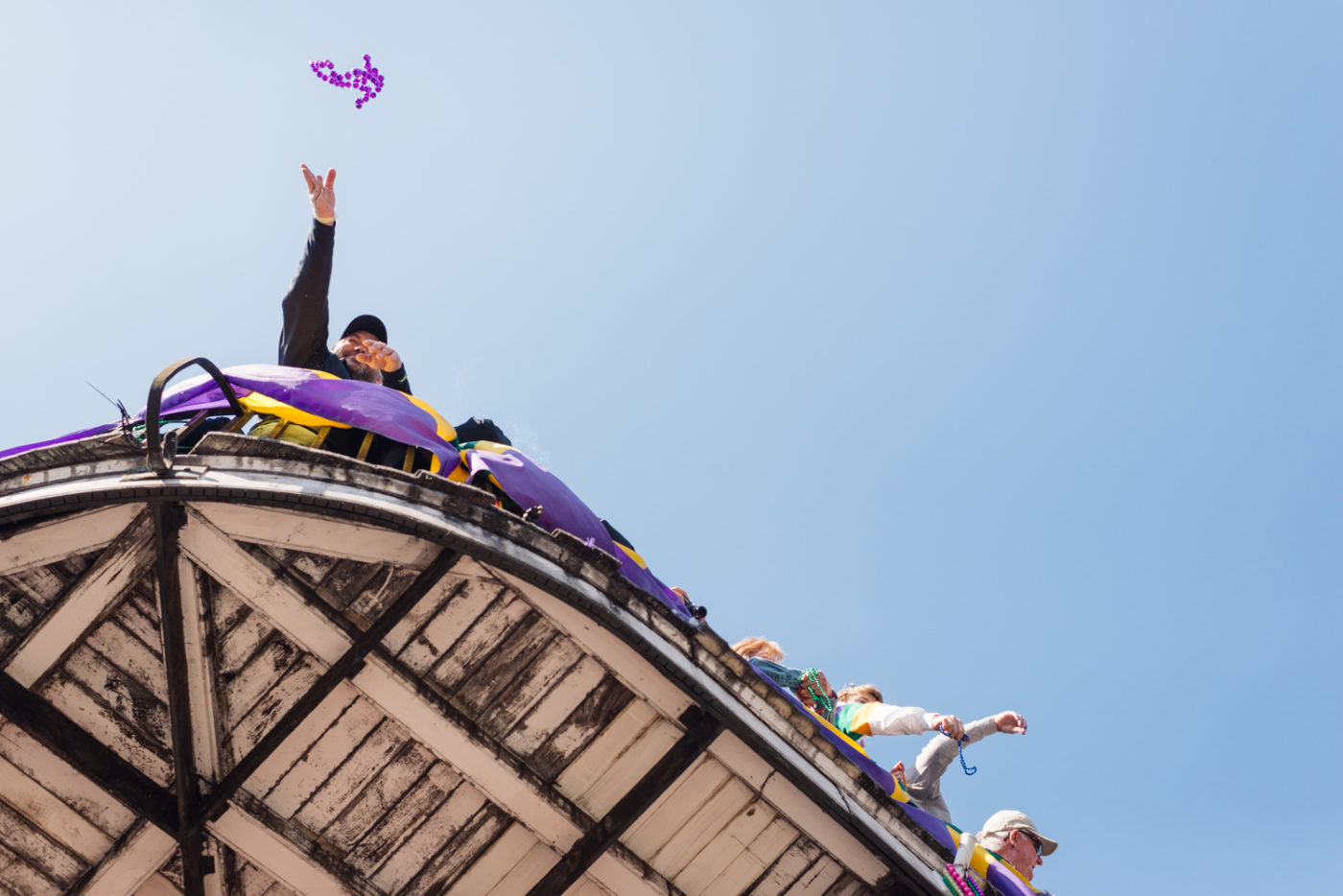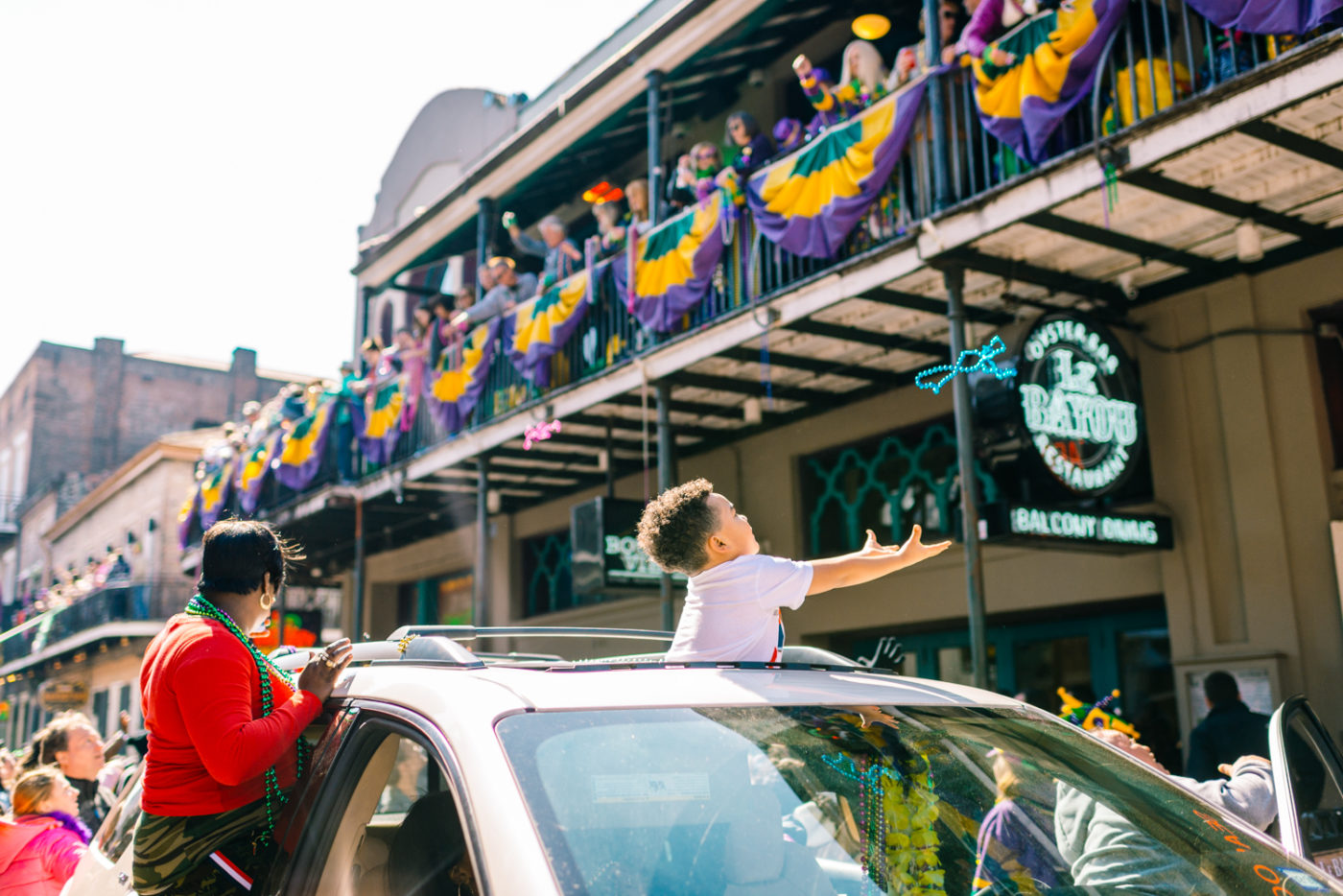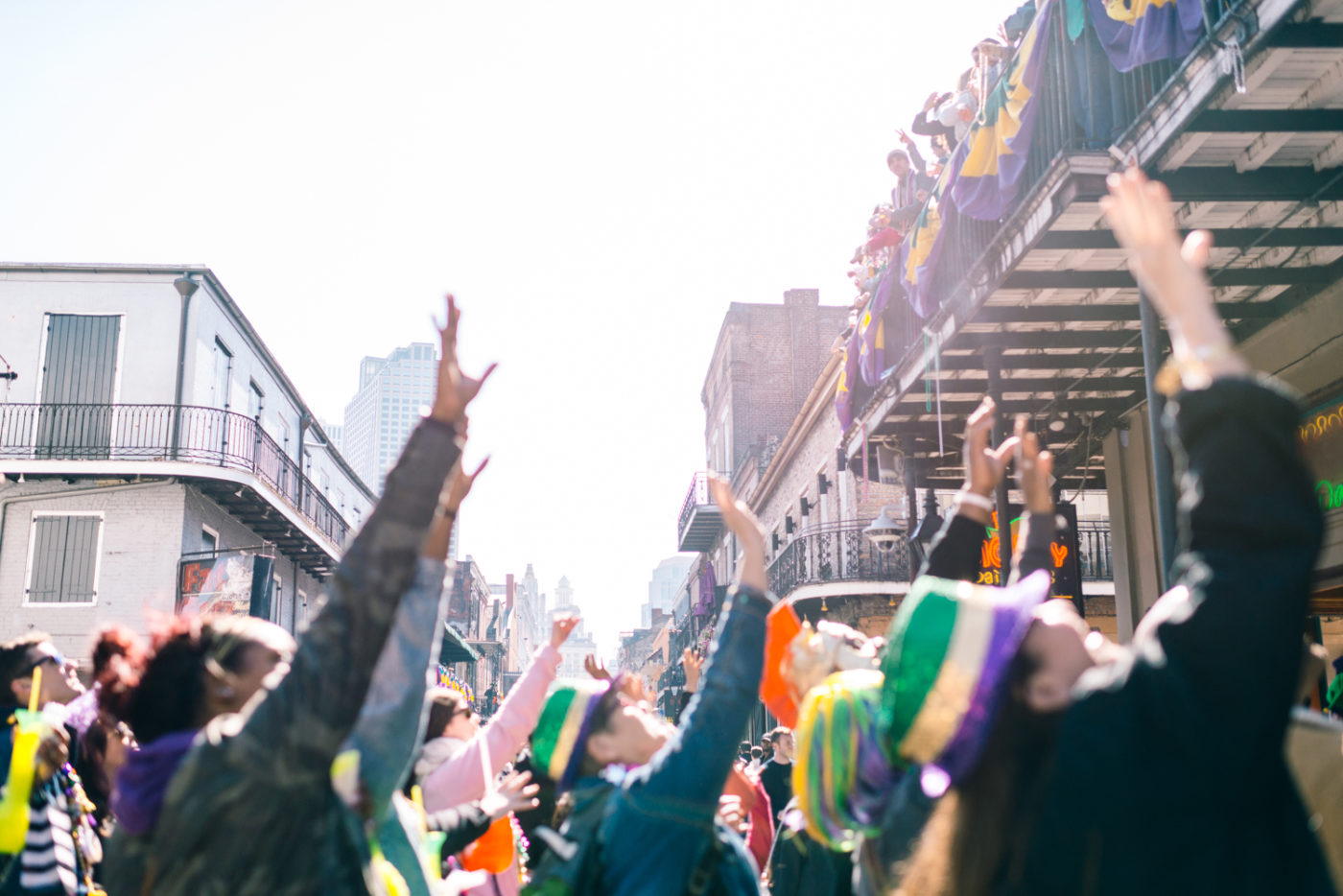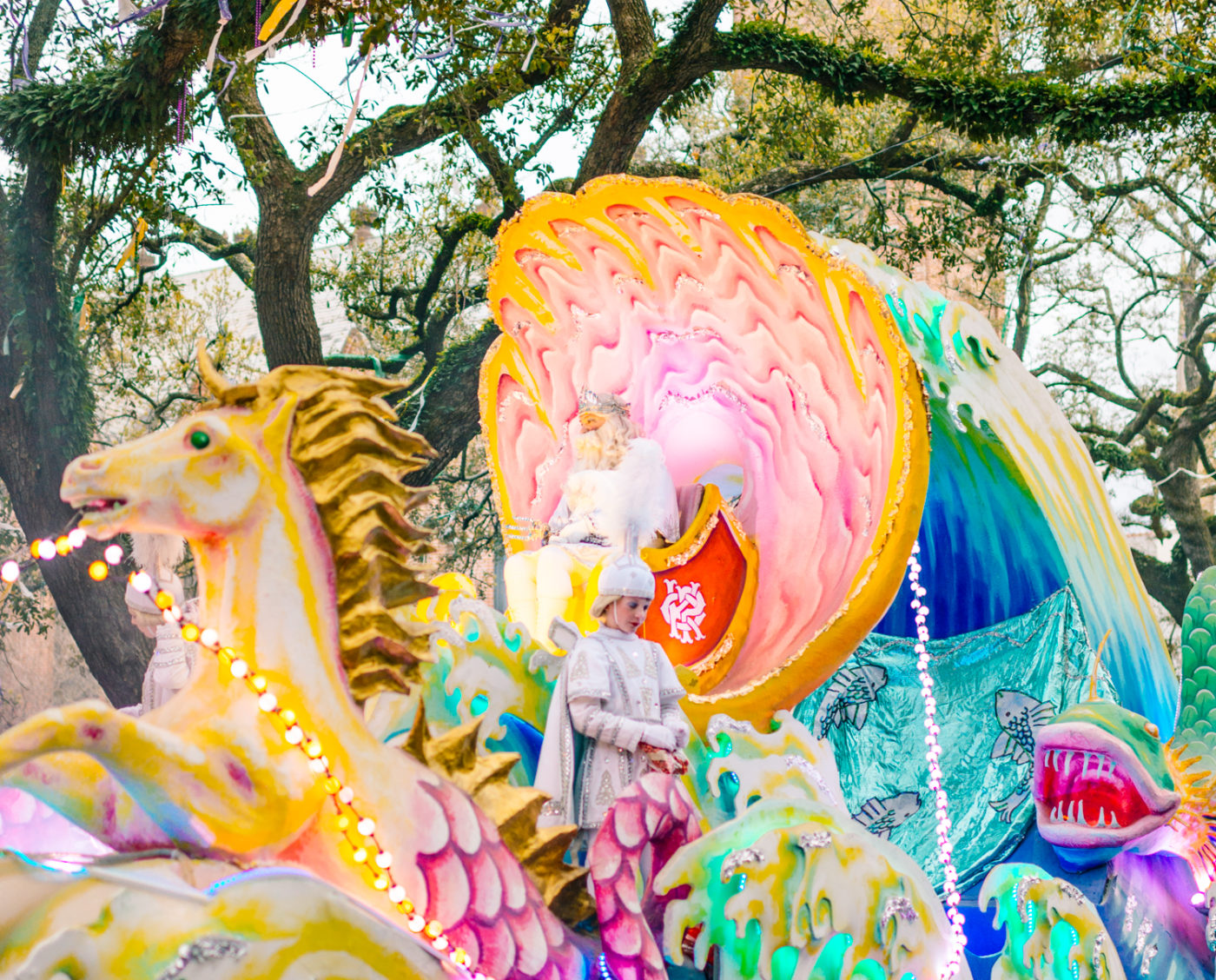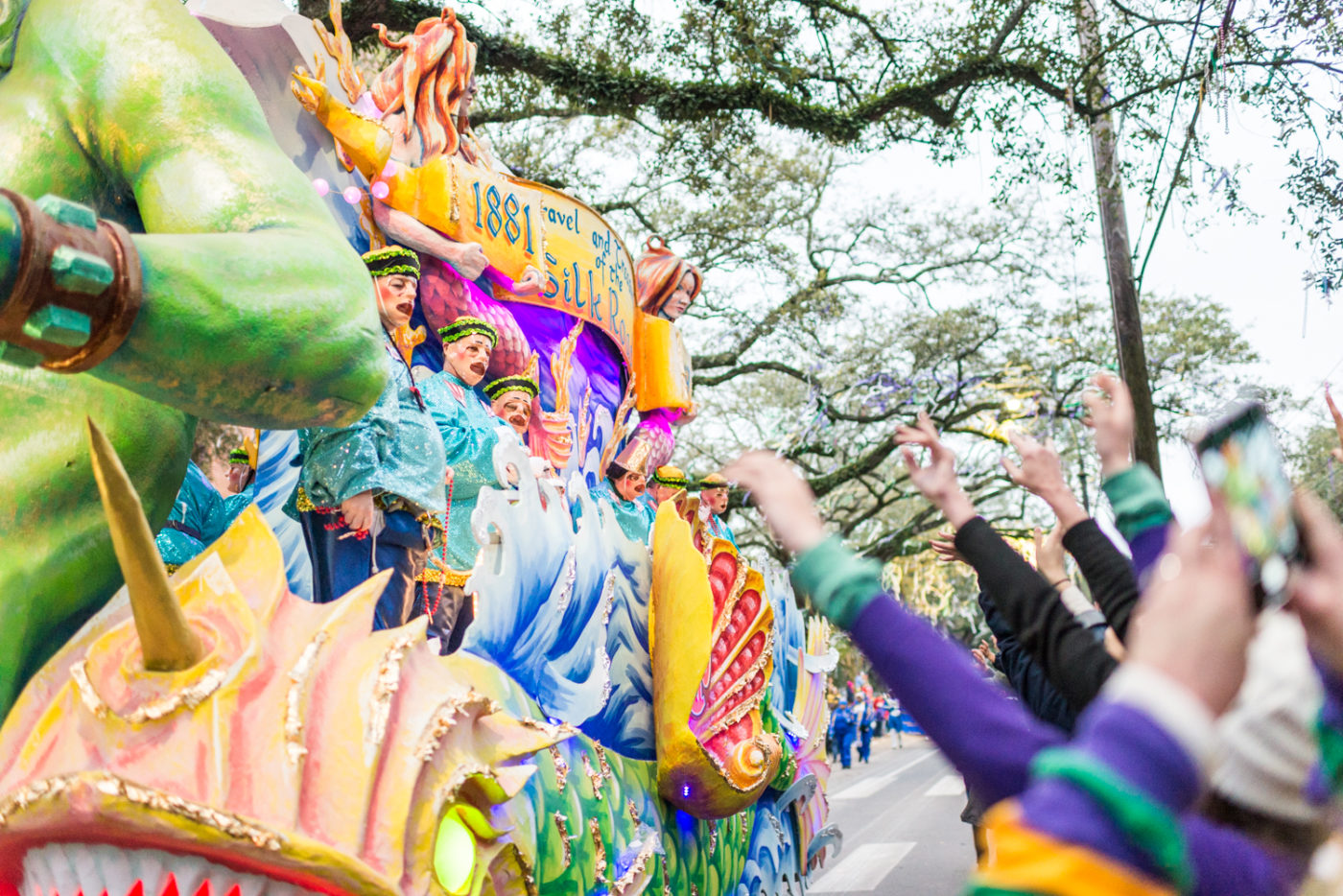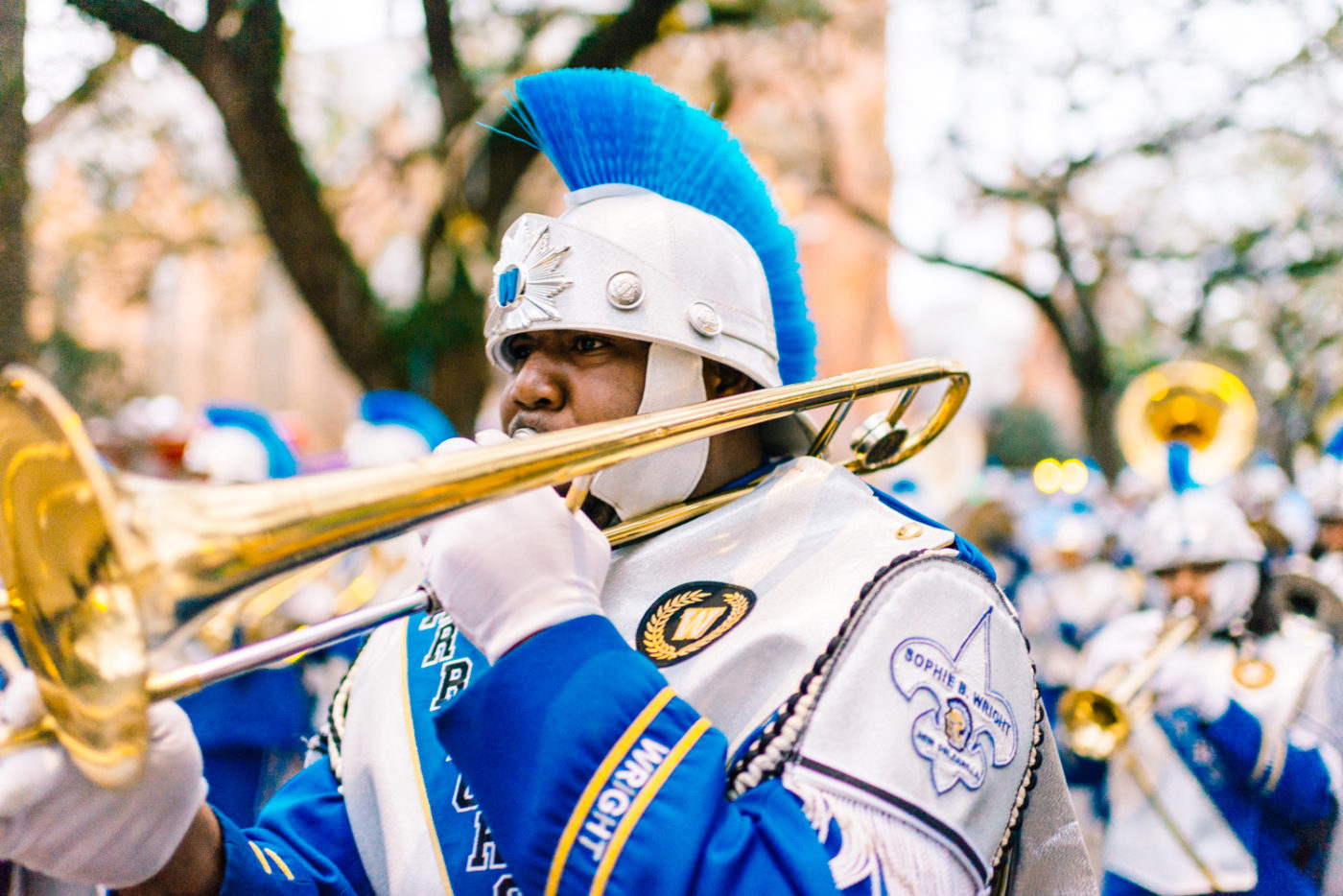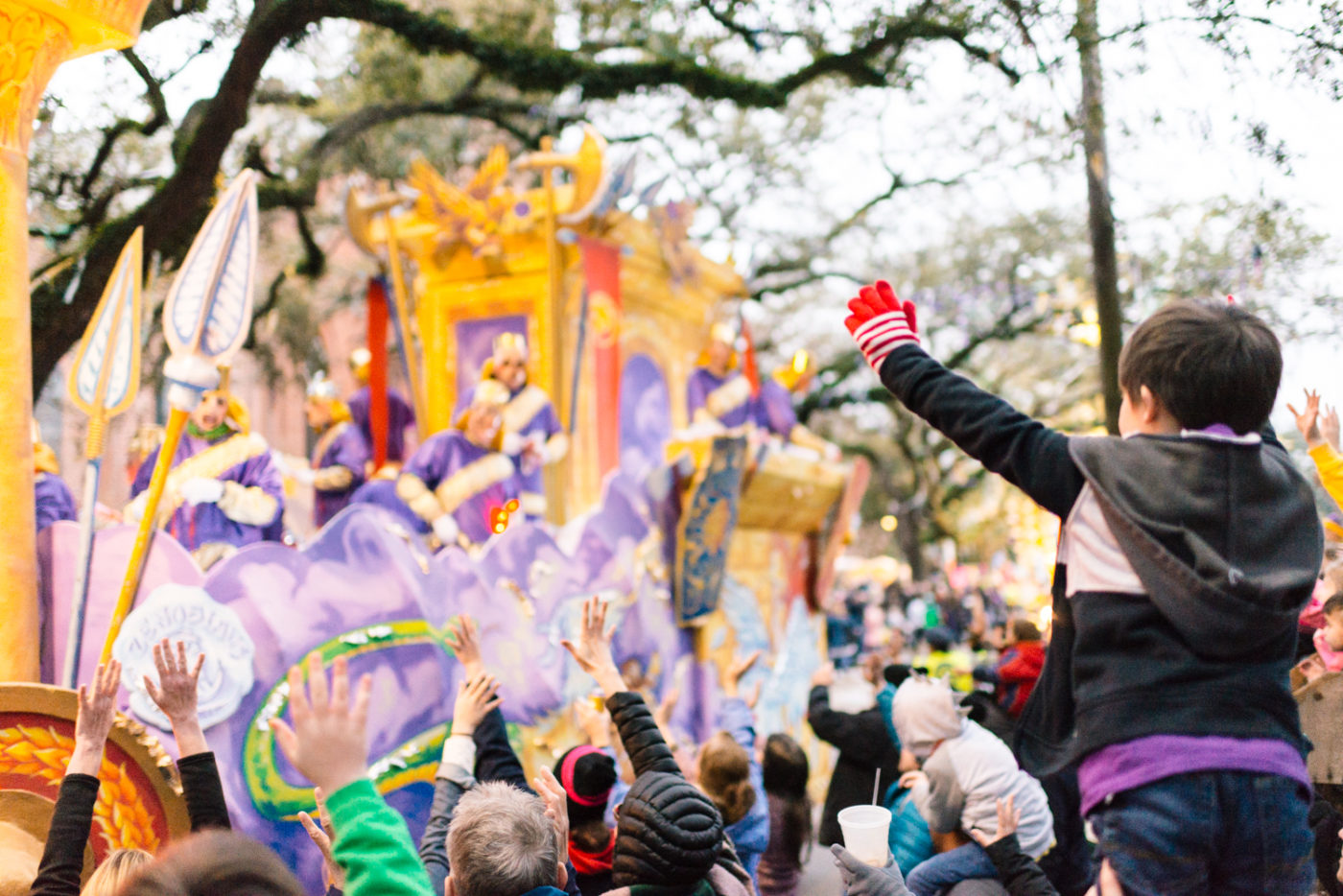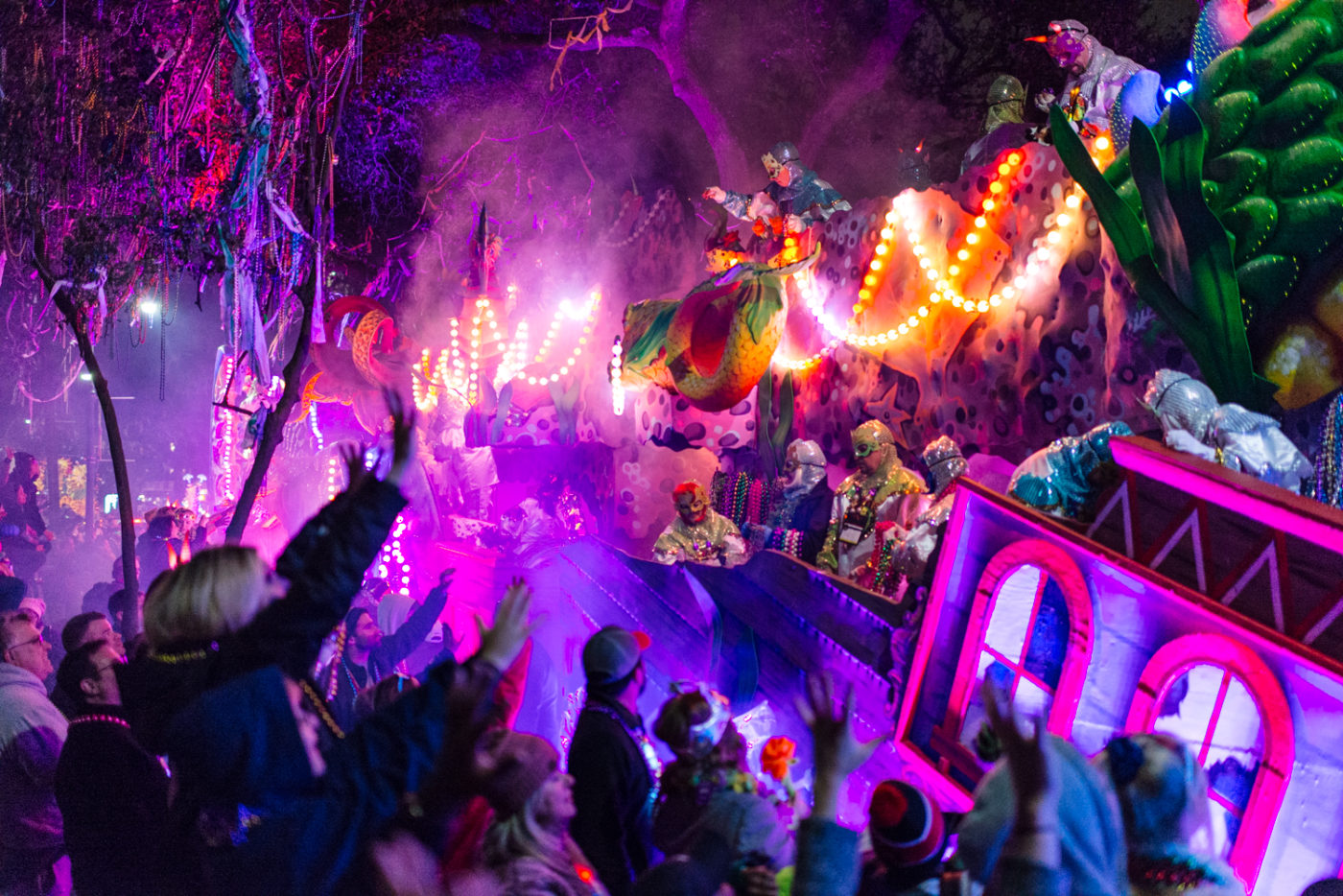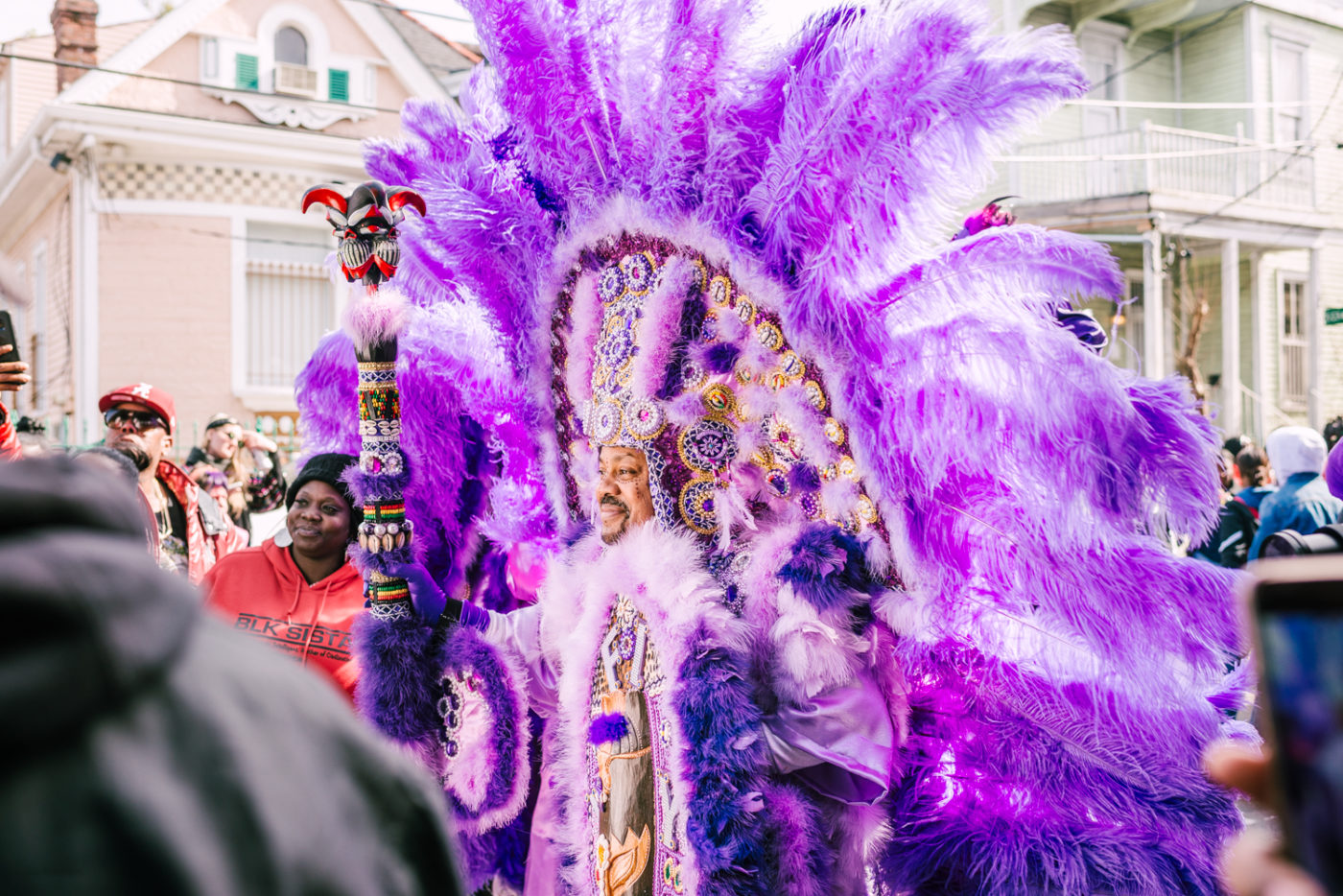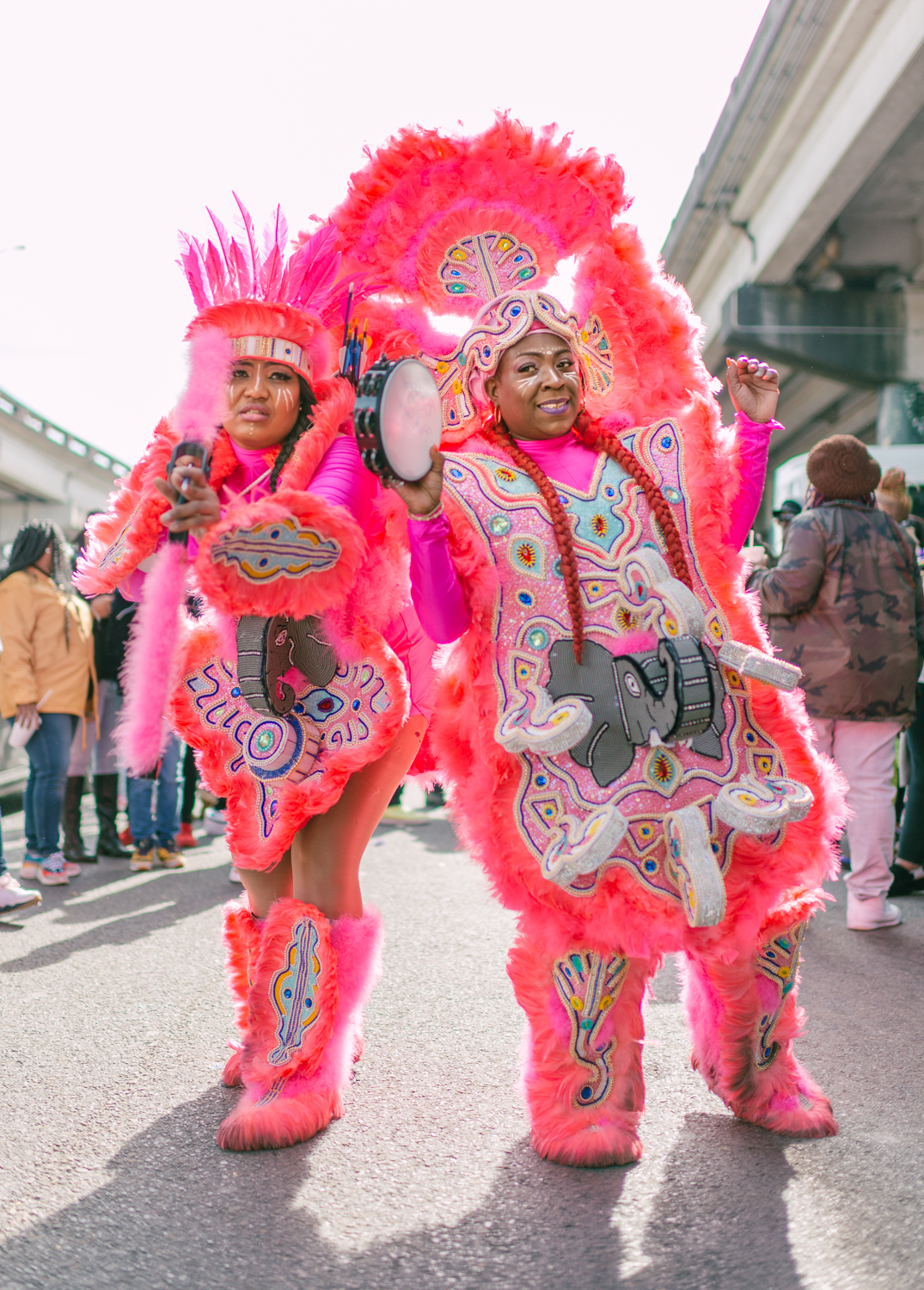For 51 weeks and 6 days out of the year, New Orleans looks and feels much like a typical tourist destination, full of rich history, amazing food, and strong cultural influences. But 47 days before Easter, the city turns into one of the most anticipated week-long parties in the world: Mardi Gras.
This annual celebration traces its roots back to medieval Europe and having first appeared in New Orleans in the early 1730s. Over time, the lavish parades, music, and fandom evolved to turn this epic block party into a one-of-a-kind celebration that attracts thousands of visitors from all over the world.
Let’s look at a few of the most iconic Mardi Gras traditions and their role in shaping this event as we know it:
1. Mardi Gras Indians
One of the biggest mysteries of Mardi Gras, the parade of Indians has been a part of the celebrations for over a century. There’s no schedule or route; rather, the Indians act upon the whims of the Chief. The parade is comprised of African Americans and originated as a way for black neighborhoods to join the Mardi Gras celebrations. Read more here.
2. Krewes & Royalty
The Mardi Gras Indians are one of several Krewes that make Mardi Gras so iconic. These social organizations are typically named after royalty or a mythological god. Their goal is to put on a unique event during the festival, such as a parade, charitable event, or performance.
Each Krewe has its own theme and history, some having been around for decades while others have existed only a few years.
Mardi Gras also features its own royal family. Rex has been king of Mardi Gras since its inception in 1872, thanks to the Rex Organization’s leadership in creating Mardi Gras as we know it today. Each krewe also has its King and Queen that presides over all festivities.
3. Parades
The Mardi Gras parades are one of the biggest draws to the city during the season. Krewes march throughout New Orleans according to a pre-planned schedule, tossing out beads and other “throws” and reveling in the merrymaking.
The first Mardi Gras parade in New Orleans took place in 1837 and has been a much-anticipated tradition ever since.
4. Beads & “Throws”
Line the streets during the famed Mardi Gras parade and keep your arms outstretched. Participants typically throw out the iconic beads and doubloons for you to take home as souvenirs.
Krewe members throw beads and other items to crowds during the parade. This tradition began in the 1870s and remains one of the most anticipated events of the family-oriented parades. While on Bourbon Street, the beads are most connected with the beads-for-bareness trend, the “flashing” tradition that started as early as 1899. But this
Each Krewe also features its signature throws. For example, Zulu is known for its coconuts while Alla is recognized for its genie lamps. Stuffed animals and cups are also included in the mix.
As for the doubloons, these lightweight colorful coins are just for fun and give your collection of take-home souvenirs a little variety.
5. King Cake
The official food of Mardi Gras, this scrumptious cake only appears in the weeks leading up to Mardi Gras, then magically vanishes until the next year.
Mardi Gras season begins on Epiphany (January 6), which is when King Cakes start popping up in homes, bakeries, and offices. This date is also known as the Twelfth Night, the day when Jesus revealed himself to the three wise men, according to the Christian faith.
Each king cake conceals a tiny plastic baby (though some babies may be porcelain or even gold!), and the person who receives the slice of cake with the baby has to buy the next cake or host the next King Cake party.
6. Masks
One of the most iconic components of Mardi Gras, these artfully crafted masks were meant to help party-goers release their inhibitions and enjoy the fun. Nowadays, if you’re on a Mardi Gras parade float, you’re required by law to wear a mask (celebrities and notable figures excluded).
7. Colors
The entire city is decked out in purple, green, and gold during Mardi Gras. These colors weren’t just an arbitrary combination, but rather represent Justice, Faith, and Power (respectively). These colors trace back to the very first Rex parade in 1872, though it isn’t known exactly why these colors were chosen.
Still, tradition is tradition, and that’s something New Orleans folks know all about.


